STEP 6. Day 2. How to inoculate sterile grain substrate in jars or bags
At this point, you've already passed all previous steps:
- liquid spore syringe
- choose and preliminary substrate preparation
- cooking the substrate
- jars for substrate and lids with inoculation port and air filter
- sterile substrate
Now you are ready to proceed with inoculation.
What is inoculation?
Inoculation — is a process of introducing spores or mycelium culture to a sterile nutrient substrate. In our case we introduce liquid spore solution to sterile grain substrate.
What is Liquid Spore?
Liquid spore syringe is the simplest way of introducing spores into sterile substrate. It's not the fastest method in terms of mycelium growth in the substrate. However, it is the easiest and fastest way to start cultivation process for newbie mushroom grower.
Preparation of liquid spore solution is a basic skill that will be needed for other inoculation methods as well. This method we are going to use in this section — inoculation of grain substrate with liquid spore syringe.
Video «Inoculating grain substrate with spore syringe»
In the following clip I add antibiotic before grain substrate inoculation. Inoculation process took place without glovebox or SAB. Watch video on Reddit
Now let's go over the details of the process!
List of required stuff for inoculation
1. Grower outfit: face mask, gloves, medical cap, medical gown (or PE raincoat).
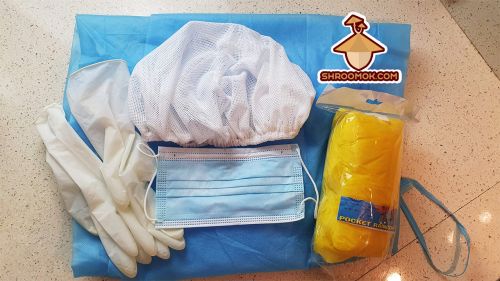
Shroomok's Choice on Amazon: 10 Gloves and 1 Mask Bundle - $6.99
2. Table sprayed with alcohol in a clean room. Bathroom with mold on the walls, kitchen, basement etc. are not suitable! Prefer them a bedroom or living room with tightly closed windows and doors. There should be no drafts or open ventilation ducts or air conditioning during inoculation process.
3. Ethyl alcohol (70%) in spray bottle.
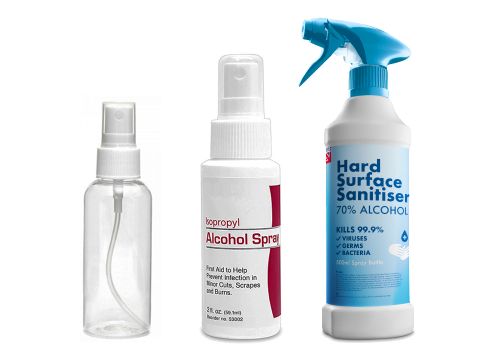
Shroomok's Choice on Amazon:
Isopropyl Alcohol 70% USP Grade - One Quart Spray - $21.99
Isopropyl Alcohol 70% USP Grade - 4 X 1 Quart Spray Bottle - $45.00
4. Antibiotic solution (gentamicin or any analogue) or Hydrogen Peroxide (H2O2) 3% — optional
Shroomok's Choice on Amazon: Amazon - Solimo Hydrogen Peroxide Topical Solution USP, 32 Fl Oz - $4.49
5. Ampoule cutter or kitchen knife.
6. Cotton disks.
Shroomok's Choice on Amazon: Cotton Rounds Organic, 100 Count - $2.56
7. Jars with sterile substrate. They should be chilled at room temperature.
8. Sterile bactericidal patches or Micropore or Omnipore — 1 patch per 1 jar.
Shroomok's Choice on Amazon:
3M Micropore Tape 1530-1 (2 rolls) 1 x 10 yards - $4.50
PATCH Eco-Friendly Bamboo Bandages Plastic Free, Zero Waste, Natural - 25 pcs. - $6.29
Micropore Surgical Tape - 3m - 2" x 10 YD - 6 rolls - $8.15
Box of Flexible breathable bandages - 50 pcs. - $11.99
9. Liquid spore syringe.
10. Candle and/or lighter.
1.1. Marker.
Why we add antibiotic to liquid spore before inoculation
Antibiotic — a class of natural and synthetic compounds that inhibit the growth or kill bacterial microorganisms.
Antibiotic has a bactericidal effect. It actively penetrates the bacterial cell membrane and thereby inhibits the protein synthesis of the pathogen. Thus, if bacteria got into liquid spore syringe with spores from the spore print they can be inhibited in the early stages with the help of antibiotic. Thus, we reduce the risk of developing a bacterial contamination during mycelium growth (colonization period).
The antibiotic is added 20-30 minutes before inoculation. It is not recommended to overexpose the liquid spore with the antibiotic. It acts not only on competing microorganisms. It can also radically affect the spores of psilocybin mushrooms. If an hour or two has passed, it's okay - go on, the necessary spores are quite tenacious.
We'd like to mention that an antibiotic can slow down the appearance of mycelium for several days. Don't worry if there is no mycelium in the jars by 4-6 days, it may appear by 10-14 days.
Once we had a forced experiment and had to leave the antibiotic in liquid spore for 3 hours. It didn't affect the spores and mycelium development in any way. It depends greatly on the quality of spores, viability, conditions and duration of their storage. Details and results in the Growing Experiments section.
Does it possible to inoculate without antibiotic?
Yes, if you use a sterile spore print to prepare the liquid spore solution. In this case no need in the antibiotic. Some sellers guarantee the sterility of their spore prints.
If you are not sure you spore print is sterile, then an antibiotic is required.
As a result, you have 2 options to choose from:
- Sterile spore print without antibiotic use.
- Doubtful spore print with antibiotic use.
What antibiotic to use for liquid spore?
We use gentamicin solution for injection in the form of gentamicin sulfate, 40 mg/ml. Ampoule 2 ml.
In many countries antibiotics (gentamicin particularly) are available only by prescription. In this case, an analogue antibiotic is suitable, containing active substances with a similar mechanism of action and a similar release form (solution for injection).
List of suitable antibiotics:
- Aminoglycosides — amicacin, gentamicin, neomycin, streptomycin, tobramycin.
- Tetracyclines — tetracycline, lymecycline, doxycycline, tigecycline.
- Azalides — azithromycin.
- Cephalosporins — ceftriaxone.
- Lincosamides — clindamycin, lincomycin.
If it is not possible to get an antibiotic try to buy sterile spore print, then an antibiotic is not required!
Preparation for inoculating
1. Wash your hands and face.
2. Put on your outfit: face mask, gloves, cap, medical gown (or PE raincoat).
3. Wipe your gloved hands with alcohol (rub the alcohol well all over the gloves).
4. Wipe the entire table surface with alcohol (you can spray it on and wipe with a cotton pad).
5. Treat everything on your table with alcohol: jars with substrate, an ampoule with an antibiotic, liquid spore syringe, even a bottle with alcohol and everything on your table. Don't spare the alcohol!
6. Open the antibiotic ampoule.
7. Add 1 ml of antibiotic per 10 ml of liquid spore, no more! It's easy and convenient to measure this volume with the scale on the syringe.
8. Close the syringe cap.
9. Shake the syringe to mix liquid spore with antibiotic evenly.
10. Leave the liquid spore syringe with the antibiotic for 20-30 minutes. Then you can dilute the solution as described in the previous section Liquid spore syringe or start inoculation process immediately.
Inoculation process step by step
1. Treat everything with alcohol again: hands, table, syringes, jars etc.
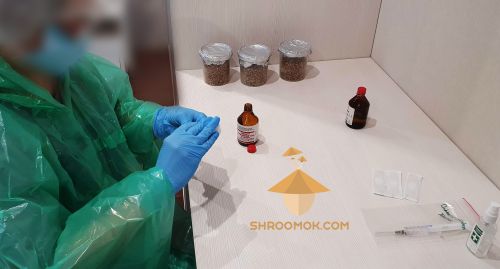
It's more convenient to use alcohol in a spray bottle. You can just pour the existing alcohol into such a bottle.

2. Put a jar with sterile substrate in front of you. Remove the foil from it. Do NOT touch or remove the patch on the lid!
3. Spray alcohol on the jar with substrate and inoculation port on the lid.
4. Take the liquid spore syringe and shake it. So that the spores are mix evenly in the water. Remove the cap from the syringe.
5. Light a lighter or candle. Heat the tip of the syringe needle over a candle until red.
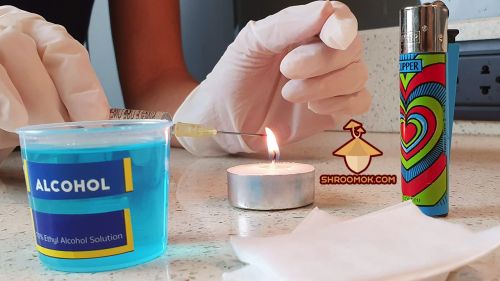
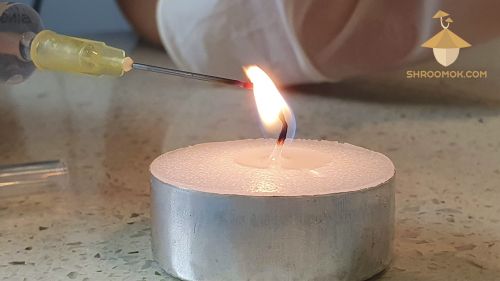
6. Dip the needle in alcohol and/or wipe the needle with a cotton pad soaked with alcohol. We need to do it not only for disinfection, but also cool down the needle.
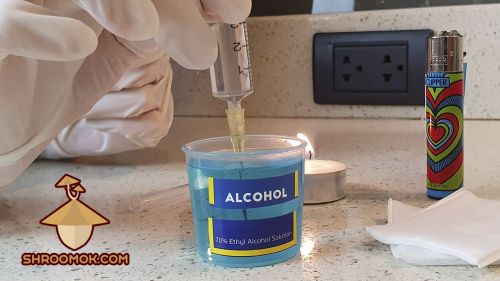
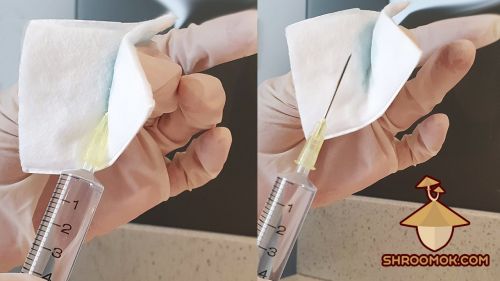
7. Insert the syringe needle through inoculation port (patch). Inject the liquid spore (1-1,5 ml per each jar). Make sure the tip of the needle does NOT touch the grain!
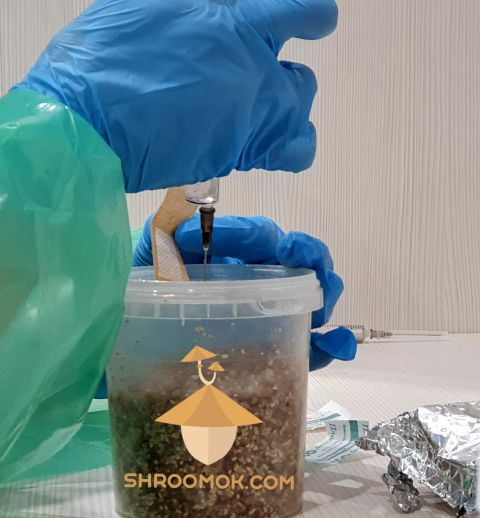
8. Take the syringe out of the jar. Spray on the needle with alcohol and put on the protective cap.
9. Cover injection port with breathable bactericidal patch after inoculating. If the inoculation port is made of self-healing butyl rubber, then no need to cover it.
10. Gently shake the jar in one plane to spread the spores evenly over the substrate.
1.1. Sign the strain of psilocybin mushrooms on the jar, put the date of inoculation, your special notes (e.g. experiments).
🔥 Be careful with fire and alcohol. Observe fire safety! 🔥
Repeat inoculation steps with each jar and liquid spore syringe.
Remember to disinfect the syringe needle with alcohol and over the fire before each inoculation.
You can skip disinfection steps with fire. This is for extra treatment. It will be enough just to treat the syringe needle with alcohol before each inoculation.
All inoculated magic jars should be placed in a totally dark, warm (+27..+29°C or 80-84°F) and dry place after inoculation. We need to make an incubator for such conditions. In incubator mycelium enjoy its vegetative period and devour everything it can reach.
Other Inoculation methods
✅ Liquid Culture (LC or Liquid Mycelium) — a technique of germinating spores and growing out cloned mycelium for use as inoculant.
Typically a simple 4% sugar solution such as dextrose, maltose, or honey is used. For this method you also need to make spore syringe.
Liquid culture has a higher vitality than the liquid spore solution. A lot of raw material can be prepared from it by multiplying it in nutrient solutions. The process of substrate colonization when inoculated with liquid culture starts faster and develops more actively. But the process of preparing a liquid culture is more laborious and takes time for mycelium development in a liquid nutrient medium.
✅ Grain to Grain transfer (G2G). Inoculation of sterile grain by already colonized grain (grain spawn).
This method requires good sterility or using SAB (still air box). The process of grain colonization is fast and active. But to implement this method, there must be ready spawn grain.
✅ Agar to Grain. Agar — an extract from a Malt Seaweed (MEA) or potato dextrose (PDA) used to solidify in a Petri or slant grow media. The agar used in mushroom cultivation is usually available in powder and using sterile preparation poured into a petri dish or slant for spores to be inoculated in culture growing.
✅ Agar inoculation is carried out directly with spores from a spore print (Spore Swabs to Agar), by Liquid Culture (LC), by transferring agar with mycelium to a new Petri dish with agar, or by mushroom cloning.
Agar medium helps to identify the segmentation of different types of mycelium growth (rhizomorphic and tomentose), to carry out selection, improve strains and isolate new strains from multispore.
Such processes require ideal sterile conditions, specific skills and understanding of basic mycological principles.
All these methods should be tried and mastered by every self-respecting mushroom cultivator to reach new level in mushroom cultivation. This methods applies not only psilocybin mushrooms, but also gourmet and medicinal mushrooms: cordyceps, lion's mane, reishi, maitake and others.
This is incredibly interesting part of mycology!
All of these techniques will be demonstrated in additional sections to this guide for advanced level cultivators.
But now let's move to the next step — STEP 7. Day 3 - 14. DIY Incubator. Colonization period 🔽
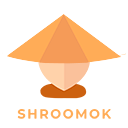
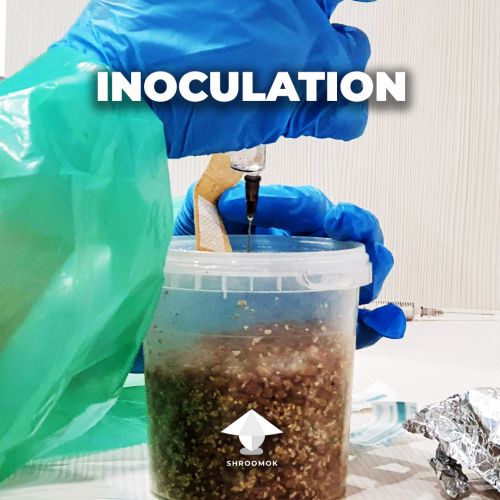
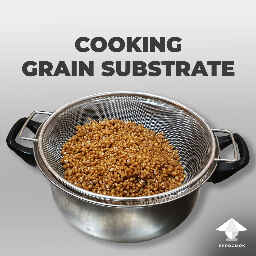
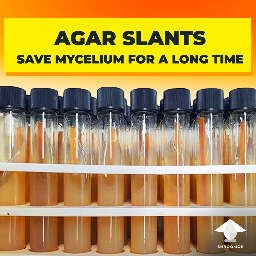
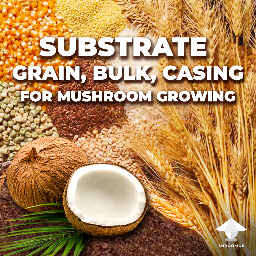
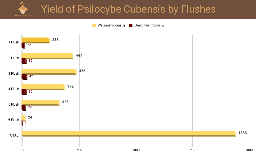
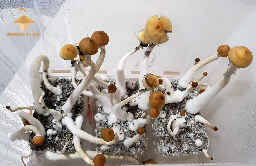
Comments
Add comment